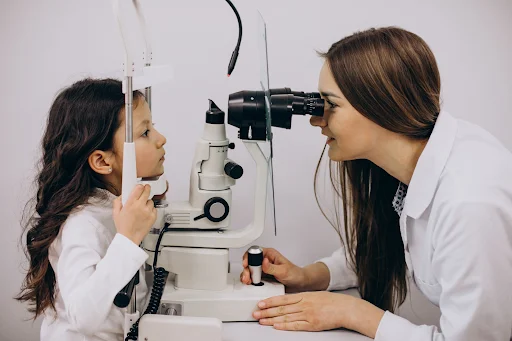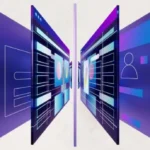Vision problems go unnoticed in children more often than you’d think. Growing up, children assume their way of seeing the world is the normal way. They also lack the vocabulary to express visual difficulties to an adult.
Undetected eyesight problems can impact your child’s life – both in and out of the classroom. So how can you know it’s time to take them to an eye doctor? Watch out for these six signs:
Unlock deeper insights with this related post—click to explore more!
Complaining of Headaches
If your little one is complaining of headaches, there is a high chance they have vision problems. This is especially true with uncorrected vision issues, such as nearsightedness, farsightedness, and astigmatism.
Your child has to make a constant effort to see clearly, which causes eye strain. As a result, they experience pain and discomfort around the eyes, temples, and forehead.
Blinking or Rubbing Eyes
Excessive eye rubbing can be a sign of numerous problems, including dry eyes or allergic reactions. But pay attention when your child is rubbing their eyes. If they do it when visually concentrating on something (a book or a screen), there is a high chance they have a vision problem.
Booking your kid’s eye exam is necessary. An ophthalmologist will conduct a thorough exam to check visual activity, eye alignment, and overall ocular health. They will also do age-appropriate tests like matching symbols or reading letters to determine uncorrected vision issues.
Holding Electronic Devices Too Close to Their Eyes
Is your child holding their book too close to their face? Do they keep their tablet right up to their nose? If so, they might have poor eyesight. In most cases, it’s nearsightedness. It is a common vision problem in which distant objects appear blurred.
The good news? Nearshightedness can easily be corrected with a pair of prescription glasses.
Remember, nearsightedness can start to show as early as preschool, so book an appointment with a reputable eye clinic like Pearle Vision as soon as possible.
Eye Fatigue After Reading
One of the most common signs of vision problems in children is difficulty reading or fatigue after reading.
Many children skip words and lines or point to words to avoid losing track. Moreover, eye fatigue causes itching, burning, and tiredness. You might notice them falling behind in class. Reading becomes a challenge, and they try to avoid it altogether.
Favoring One Eye
If your child prefers to see with one eye by covering the other. Or tilt their head to one side while focusing, they could have misalignment of the eyes.
This is a potential sign of amblyopia or lazy eye. It is a vision development problem where the brain doesn’t process signals from one specific eye. As a result, the brain starts to rely on the “stronger” eye for vision, and the “weaker” eye’s vision keeps getting worse.
Squinting When Reading
Many children constantly squint their eyes to see clearly. This could be a sign of an uncorrected vision problem. This is especially common when children are reading.
Don’t miss this top pick—our featured post is a must-read!






